High Level
- R-TED – Investigation into Marine Stabilization through mooring
- Partnership with NASA Technology Transfer program
What did SEA.O.G Offshore contribute to this project?
- Engineering, commercial management, technical writing, motion analysis,
Overview
NASA engineers developed a new approach to mitigating unwanted structural vibrations that cause maintenance issues and compromise the performance and safety of large, tall structures. NASAs method is fundamentally different from conventional passive and active vibration damping methods used today. TED uses disruptive modal coupling between two different structures, each with their own vibrational behavior, to provide vibration damping for one or both of the structures. This novel reactive vibration damping method uses feedback from the vibrational displacement itself, such as the tension and compression cycles from the movement of the vibrating structure (like a wind turbine or tower), to disrupt the vibration. Line tension is provided by either hydraulic, pneumatic, or magnetic means to suit the application and the size/ displacement of the vibration. Compared to conventional spring dampers, TED devices are simple in design, lightweight, very effective, and have a smaller footprint.
The Technology
The Rotational Tension Element Damper (RTED) uses a controlled tension line, backed by hydraulics, to damp large displacements in large structures. NASA built RTED prototypes that have been successfully tested on a 170-foot long wind turbine blade in test beds at the University of Maine. In this case, the RTED device damps the vibration of the large, tall turbine blades relative to a stationary anchor structure on the ground using a line and spring coupled to both the blade and the anchor, and controlled by a spool fitted with a one-way clutch. When force is applied, from heavy wind for example, the resulting movement of the tall structure triggers the necessary tension and compression cycles in the system to engage the rotating damper. The reaction force interferes with the rotation speed of the spool and disrupts and damps the vibration in the tall structure. The figure below shows test data for the RTED used on the wind turbine.
Benefits
- Spatially efficient: damps vibration in large structures with a smaller footprint than previous damping methods
- Adaptable: responds to changing vibration amplitudes
- Effective: may increase wind turbine reliability
- Adjustable: damping can be tuned in two dimensions
- Reliable: Unlike conventional springs and dampers, reactive damping will not impose rogue loads
Applications
- Wind turbines
- Solar arrays
- Liquid nitrogen gas (LNG) platforms
- Commercial space mobile launchers
- Towers
- Industrial process stacks and equipment
References:
https://technology.nasa.gov/patent/MFS-TOPS-109


